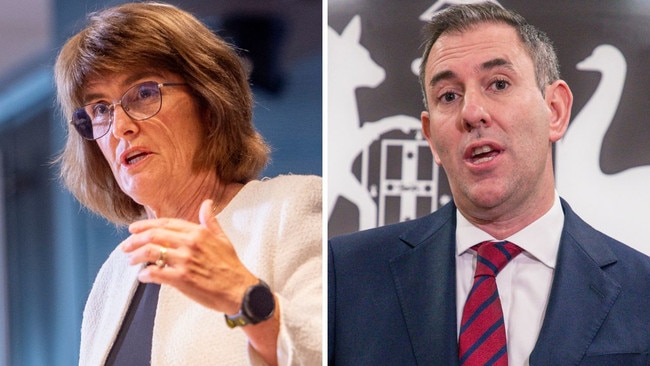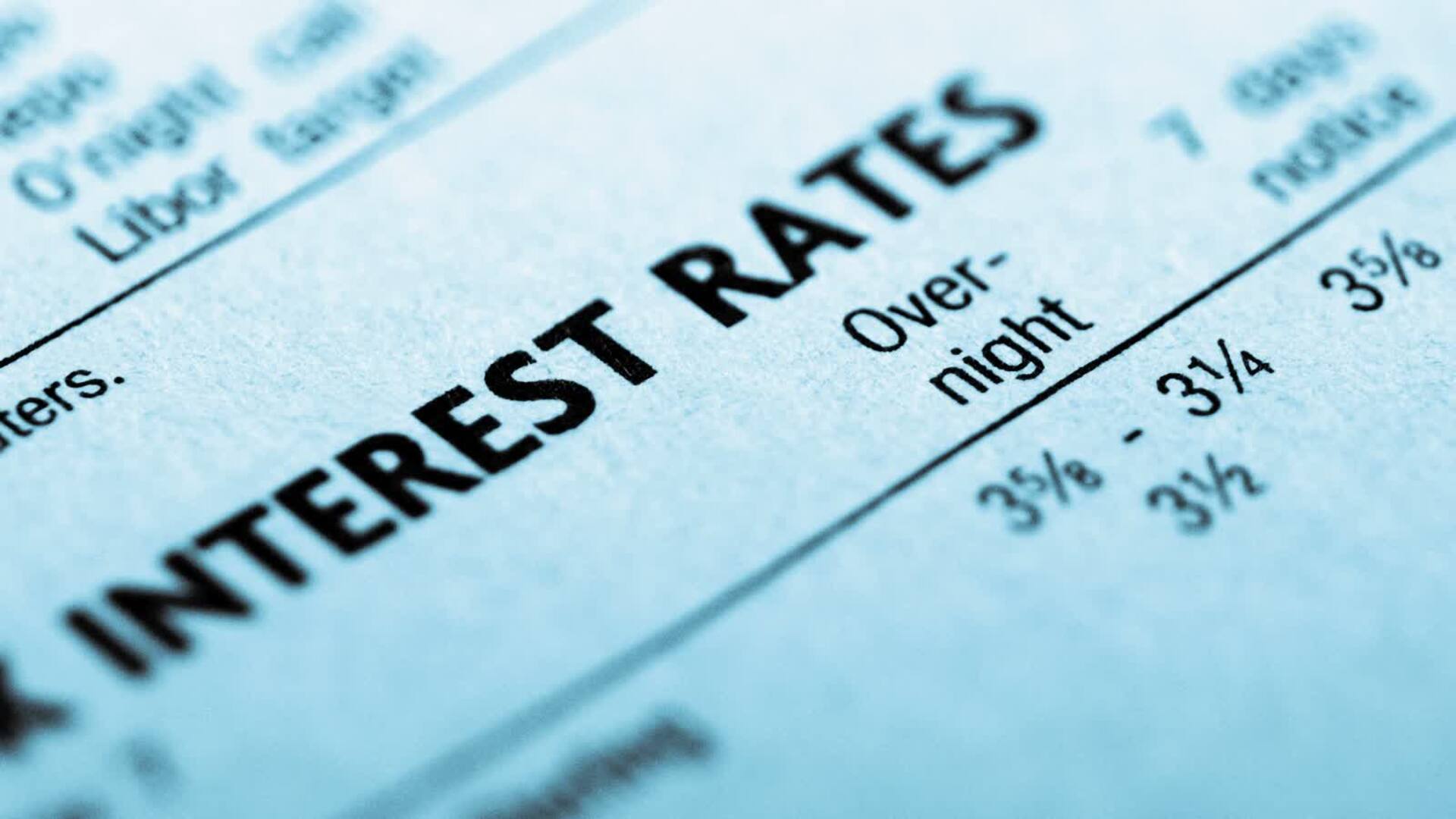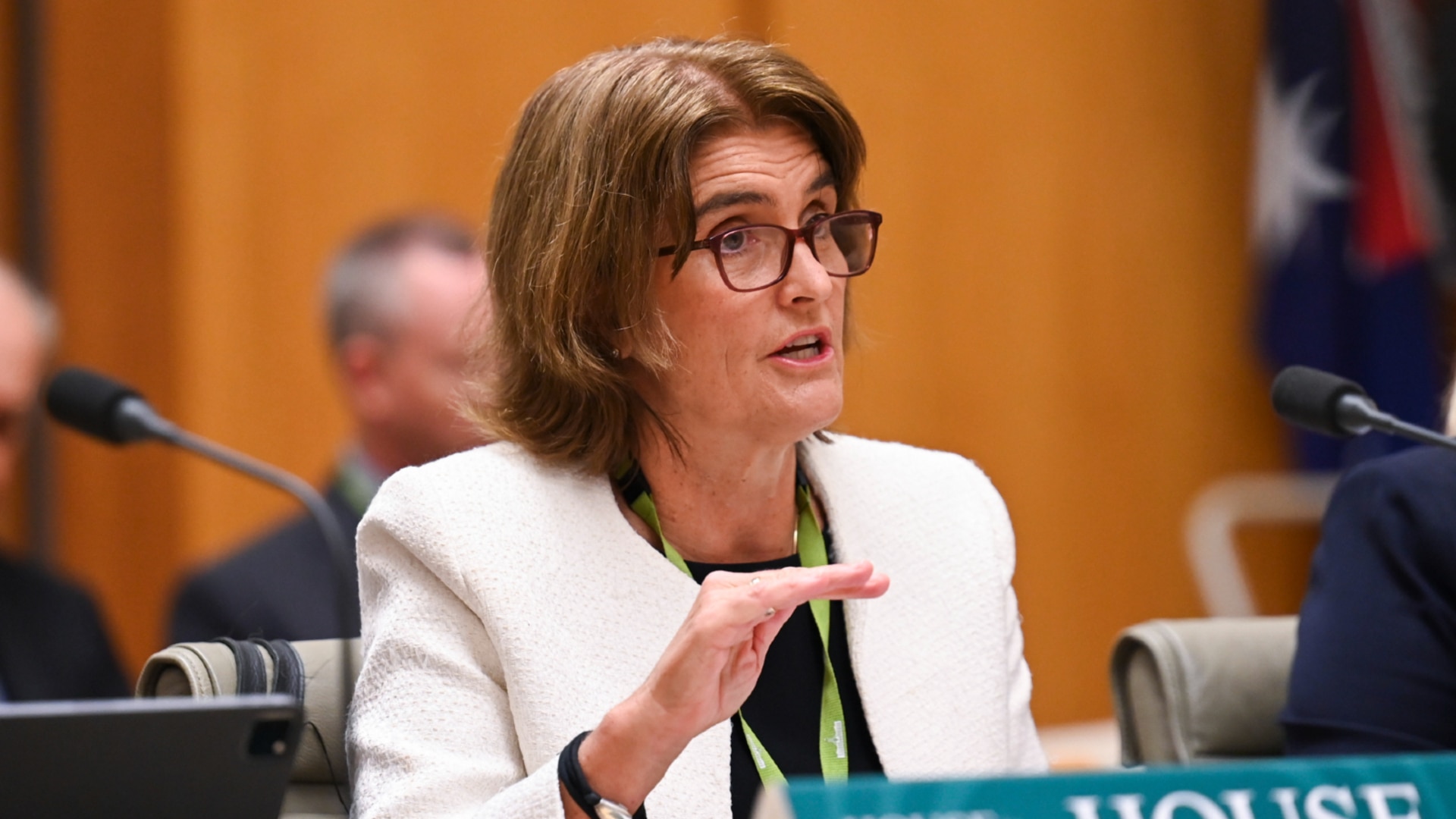RBA gives Labor hope of rate cut as inflation danger eases
Reserve Bank governor Michele Bullock says she is more confident that inflation is easing, abandoning her previous threat of ratcheting up interest rates even higher.

Labor’s hopes of a pre-election rate cut have been buoyed after Reserve Bank governor Michele Bullock said she was more confident that inflation was easing and abandoned her previous threat of ratcheting up interest rates even higher.
Staring down pressure from the union movement to deliver pre-Christmas rate relief, the central bank on Tuesday held the cash rate at 4.35 per cent and took comfort in recent data, including “softer-than-expected” economic growth and wages figures.
“This has given the board some confidence that inflationary pressures are declining, but risks remain,” Ms Bullock told reporters, saying the central bank viewed underlying price pressures as “too high” and needed to see further evidence that they were retreating.
“We’re not saying that we’ve won the battle against inflation yet but we are saying that we’ve got a bit more confidence that things are evolving as we think in our forecasts.”
The board jettisoned its previous guidance that it was prepared to hike interest rates again, deliberately removing the line that it was “not ruling anything in or out” from its post-meeting statement, suggesting the central bank is increasingly assured by the path of inflation.
The final interest rate decision of the year came as Jim Chalmers revealed he was preparing to make a suite of appointments to the RBA’s new rate-setting and governance committees before Christmas, following the passage of his long-stalled legislation through parliament last month.
Despite pressure from ACTU secretary Sally McManus for the Treasurer to shape the RBA’s new boards to represent “workers’ perspectives”, Dr Chalmers’ said he did not plan to do so, having previously appointed two ex-union officials.
Dr Chalmers pledged to work with opposition Treasury spokesman Angus Taylor on the process, having received a shortlist of potential appointees from Ms Bullock.
“I’d like to do that in the coming days, subject to his availability, so we can nail down the membership of the two new boards of the Reserve Bank, consistent with the RBA review,” the Treasurer said.
“We will consult in the coming days, with an eye to ideally announcing the make-up of the two new boards before Christmas.”

The dovish tilt by the RBA follows the release of fresh GDP figures last week showing the economy expanded by a meagre 0.8 per cent in the year to September, the weakest non-pandemic result since the early 1990s recession.
Amid a sharp erosion in living standards, the Albanese government is holding out for an interest rate cut in the hope it will improve its standing among voters at the next federal election, which it must hold on or before May 17.
Responding to the shifting language from the central bank, bond traders moved to bolster their rate cut bets, ascribing a 62 per cent chance of a rate cut at the RBA’s first meeting for 2025, scheduled for February 17-18.
Money markets are fully priced for a quarter point cut in April, tipping almost half a percentage point of easing by the RBA’s May meeting. AMP chief economist Shane Oliver said the RBA “should start cutting in February”, pointing to looming weakness in the jobs market and recession-like conditions in the private sector.
“While productivity growth is depressingly weak and makes the RBA’s job harder, the economy is coming in weaker than expected, with an ongoing per capita recession softening concerns about excess demand,” Dr Oliver said.
Citi economist Farah Syed said while the RBA’s commentary opened the door for a February rate cut, the bar for a move lower was high.
“A lot needs to happen for the board to cut rates in February, including inflation needs to be weaker than expected, unemployment rate higher than current levels, and Christmas trading activity weaker than expected,” he said.
Welcoming the RBA’s decision, Dr Chalmers distanced himself from comments made by Ms McManus who on Monday demanded Ms Bullock immediately move to cut interest rates, accusing the central bank of wanting to drive up unemployment.

“I haven’t spoken to her about it. Sally’s comments are a matter for Sally,” Dr Chalmers said.
He revealed the mid-year budget update, scheduled for release next week, would show the nation’s finances sliding deeper into the red, in part due to increased natural disaster funding. “It’s actually one of a number of estimate variations, which is seeing a little bit of slippage in the bottom line compared to budget,” he said.
But KPMG chief economist Brendan Rynne warned government spending, which hit a record share of the economy in the September quarter, was making the central bank’s job more difficult.
“It is clear that fiscal policy remains too expansionary and needs to be reined in to help alleviate the persistence in underlying inflation,” Dr Rynne said, citing the booming growth of jobs predominantly funded by the taxpayer.
“Governments cannot be the engine of growth and by adding to debt, the high expenditure is obliging the RBA to maintain the current contractionary cash rate level higher for longer.”
Amid growing concerns that public spending is undermining the RBA’s inflation fight, Ms Bullock threw Dr Chalmers a lifeline, saying he was “on the same page” as the central bank in understanding the impact of excessive expenditure on inflation.
“I do think (the government is) conscious of the inflation implications and I think that’s why they have tried to approach things like rebates in the way they’ve done,” she said.






To join the conversation, please log in. Don't have an account? Register
Join the conversation, you are commenting as Logout